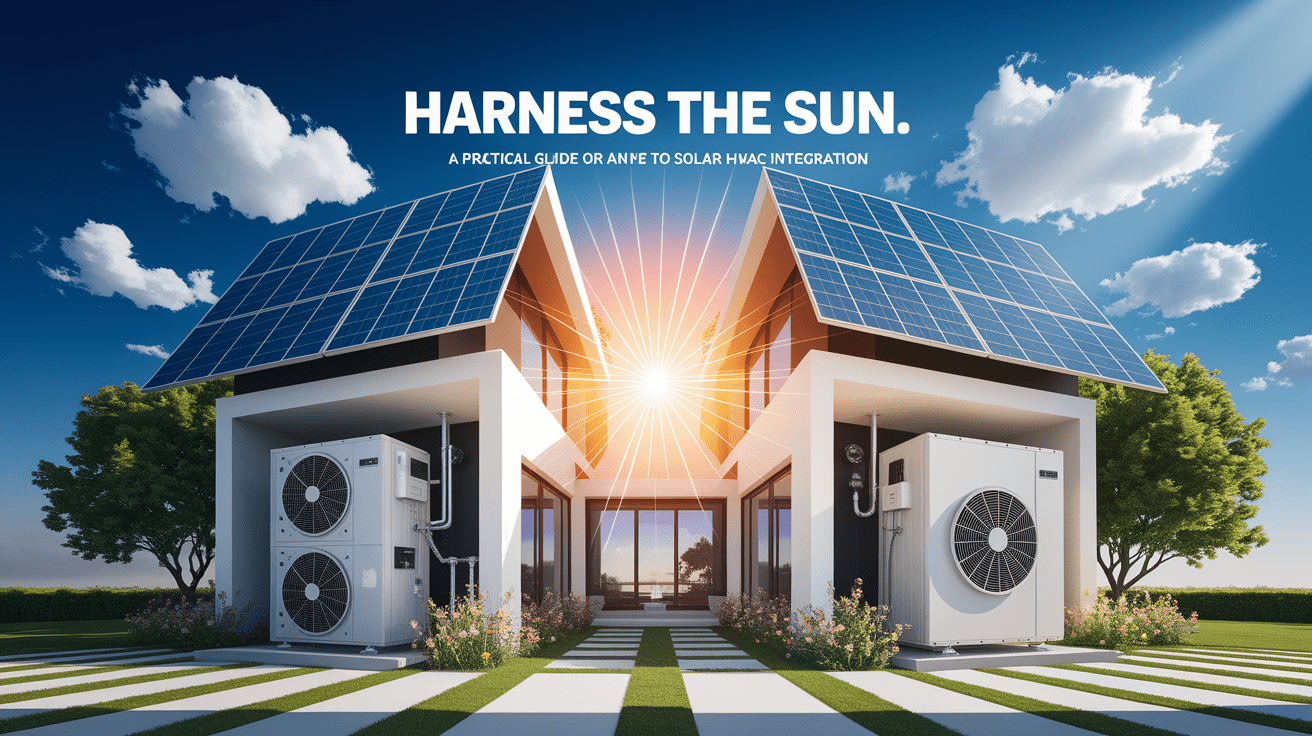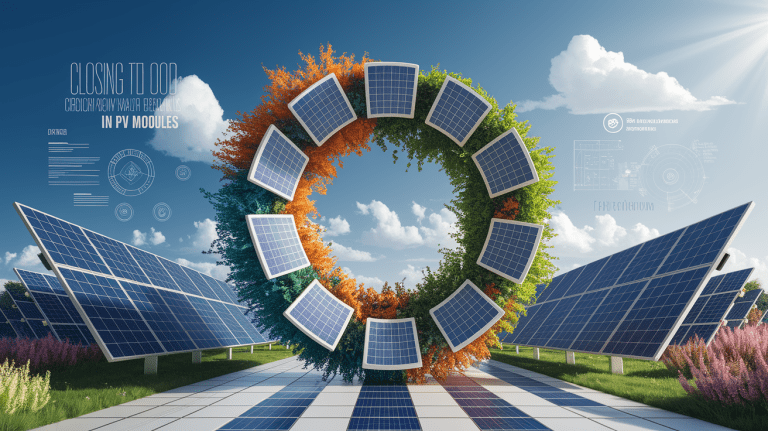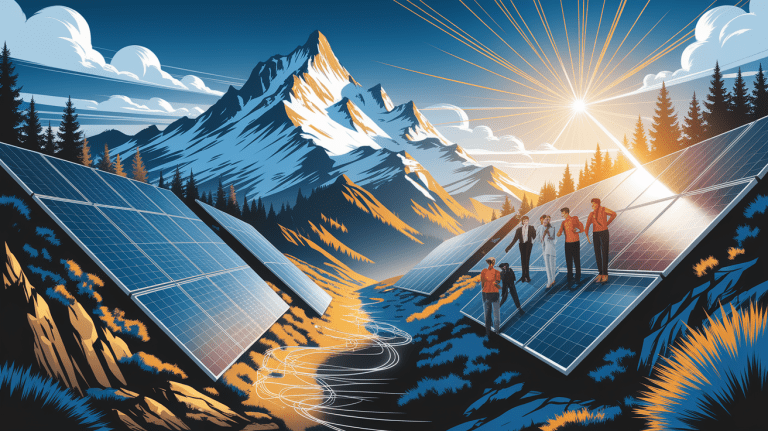Harness the Sun: A Practical Guide to Solar-Powered HVAC Integration
Sun-Powered Comfort Kickoff
As both residential and commercial property owners seek to reduce energy costs and environmental impact, integrating solar panels with heating, ventilation, and air conditioning (HVAC) systems is emerging as a leading solution in green building technology. Solar-powered HVAC systems convert abundant sunlight into renewable energy, powering air conditioning, heating systems, and ventilation without relying solely on the traditional electrical grid. These systems offer significant energy efficiency gains, reduced utility bills, and measurable carbon footprint reduction benefits, making them a cornerstone of modern energy-efficient climate control.
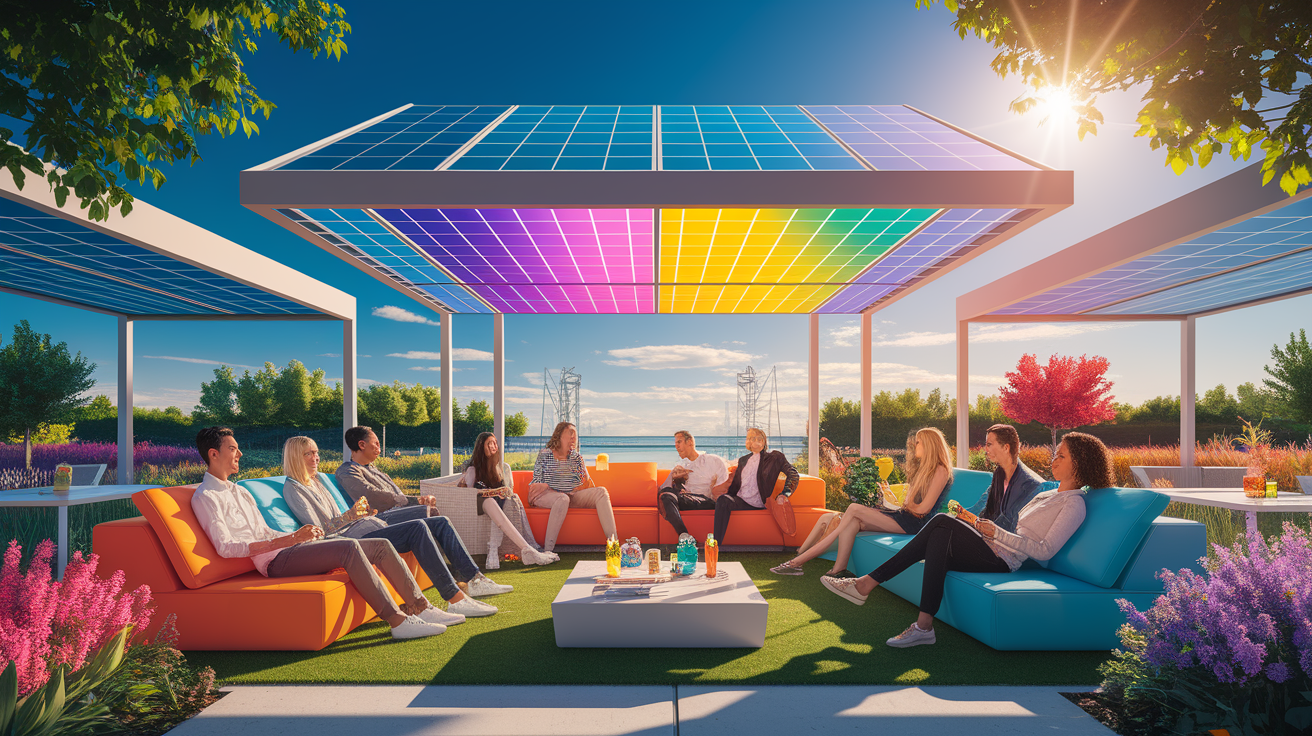
Driven by advancements in solar PV integration, smart home integration tools, and energy storage systems, the market for solar-powered heating and cooling is projected to grow rapidly through 2025, especially in regions with favorable policy incentives and strong solar irradiance.
How Solar-Powered HVAC Systems Work
At the heart of these systems are photovoltaic cells, typically installed in rooftop solar panels, which capture sunlight and convert it into direct current (DC) electricity. An inverter transforms DC into alternating current (AC) suitable for running an HVAC system. To handle intermittent sunlight, battery storage or solar battery backup solutions store excess energy for later use, ensuring continuous comfort during night hours or cloudy days.
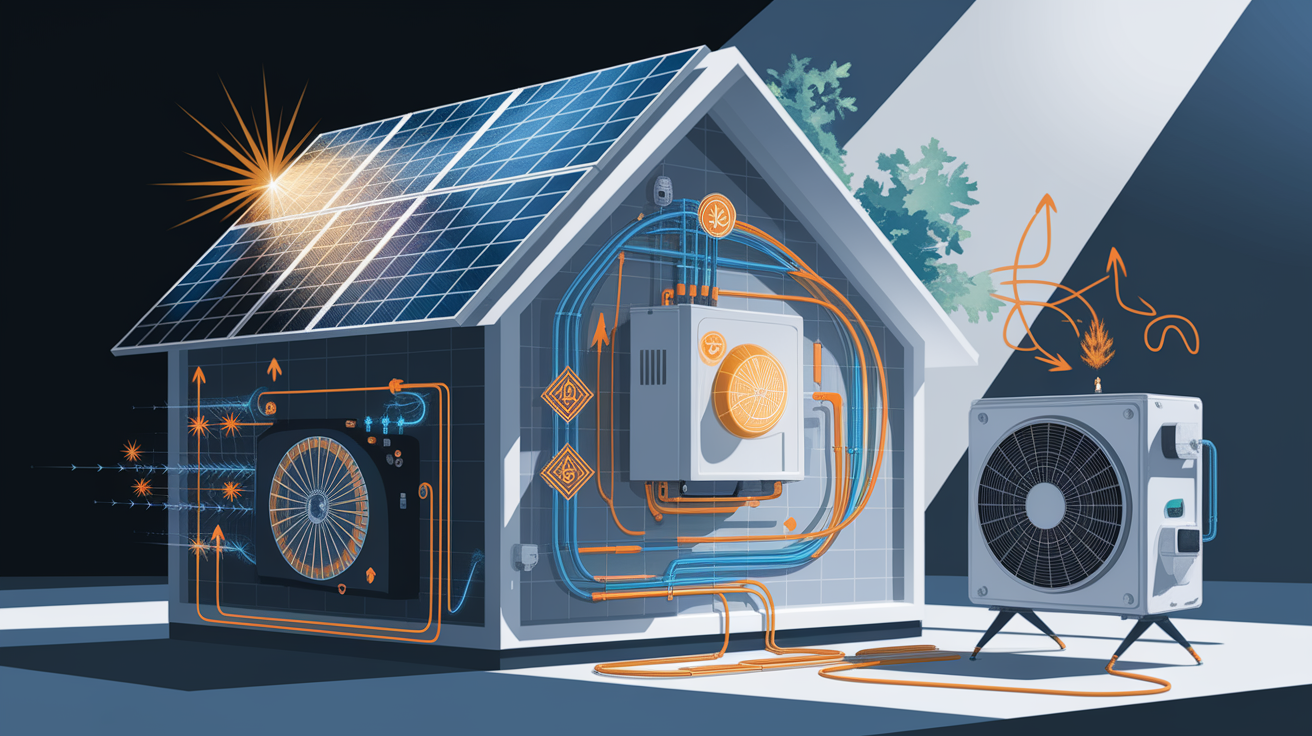
Integration can be applied to various HVAC types including ductless mini-split systems, central air conditioning systems, solar-assisted heat pumps, and even hybrid heating systems such as geothermal pairings. Smart thermostats — a key part of solar HVAC fundamentals — use real-time energy management to adjust operation schedules based on solar energy availability and user preferences.
Emerging technologies such as solar thermal systems for cooling, phase change materials, and optimized solar collectors are enhancing efficiency, with some systems achieving up to 70% greater performance compared to standard HVAC equipment.
Steps to Integrate Solar with Your HVAC
- Conduct an Energy Audit: Estimate your HVAC energy demand to determine the appropriate size of a solar installation.
- Assess Roof Space and Solar Exposure: Ensure adequate orientation and space for photovoltaic array placement.
- Select Compatible Equipment: Choose an HVAC system, such as a high-efficiency heat pump or ductless mini-split, compatible with grid-tied or off-grid solar configurations.
- Install Solar Panels and Inverter: Partner with qualified solar installation professionals to install a grid-tied or off-grid system.
- Add Energy Storage: Integrate battery storage or thermal energy storage to maximize self-consumption and maintain operation during low sunlight.
- Implement Smart Controls: Install a smart thermostat and connect to building automation or energy management systems for optimized operation.
While some residential projects can be completed in under two weeks, the installation timeline varies depending on system complexity and permitting requirements.

Cost, Incentives, and Savings
Upfront investment for solar-powered HVAC systems is typically higher than conventional setups. Retrofitting an air-to-water heat pump, for example, can cost around $8,000 before accounting for installation and energy storage (Marhy.com). However, federal incentives such as the U.S. Investment Tax Credit — currently offering a 30% deduction — can significantly reduce costs. Many states and utilities also provide rebates and net metering programs that pay users for excess energy sent to the grid.

According to Green City Times, the solar air conditioning market is poised to capture a notable share of the HVAC industry by 2025, fueled by falling panel prices, rising environmental awareness, and improved financing options. For many adopters, payback periods range from 5 to 10 years, after which solar HVAC systems deliver substantial long-term savings.
Optimizing Performance and Maintenance
Maintaining efficiency requires more than installation. Periodic cleaning of solar panels, battery checks, and regular HVAC servicing ensure peak performance. Smart thermostats and energy management systems can provide alerts for performance issues and optimize schedules around solar production peaks.
Advanced setups with variable refrigerant flow technology and building automation can fine-tune operation to weather patterns and occupancy levels, further reducing reliance on the grid. For off-grid HVAC systems, battery storage health is critical — replacing worn batteries every 7–10 years maintains reliability during cloudy periods.
Solar cooling technology, including solar-assisted heat pumps, benefits from integrated monitoring, which prolongs the life of both the solar components and the HVAC equipment.
Bright Horizons for Solar-Powered HVAC
While challenges persist — including upfront costs, limited roof space, and the need for skilled solar installation teams — the trajectory for solar-powered HVAC systems is promising. Industry experts point to breakthroughs in scalable thermal energy storage, real-time optimization controls, and more efficient solar-assisted heat pumps as catalysts for widespread adoption.
Future developments could make solar-powered heating and cooling a default choice for new construction and retrofit projects. As battery storage prices fall and smart home integration becomes standard, homeowners and businesses can expect more accessible, eco-friendly HVAC solutions that deliver sustainable cooling and heating with minimal environmental impact.
By harnessing the sun, today’s innovators are reimagining climate control — turning rooftops into energy hubs and pushing the boundaries of renewable energy in HVAC design.

